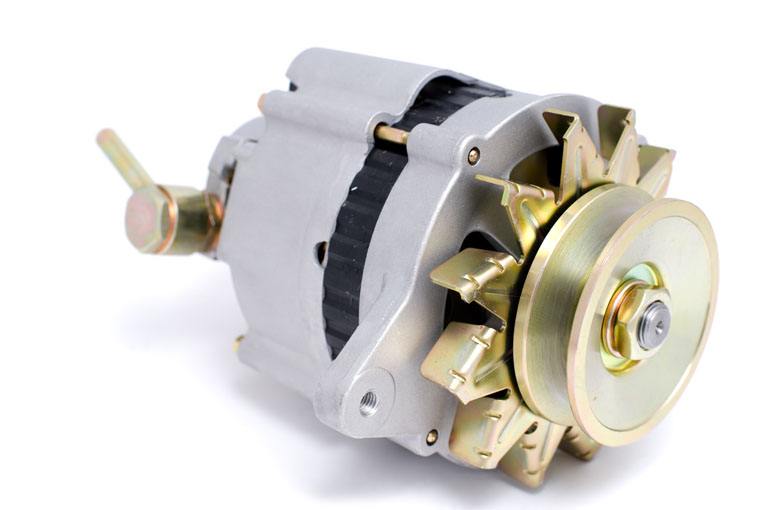Honing is a method of finishing the hole with a honing head with a grinding strip in brass machining.
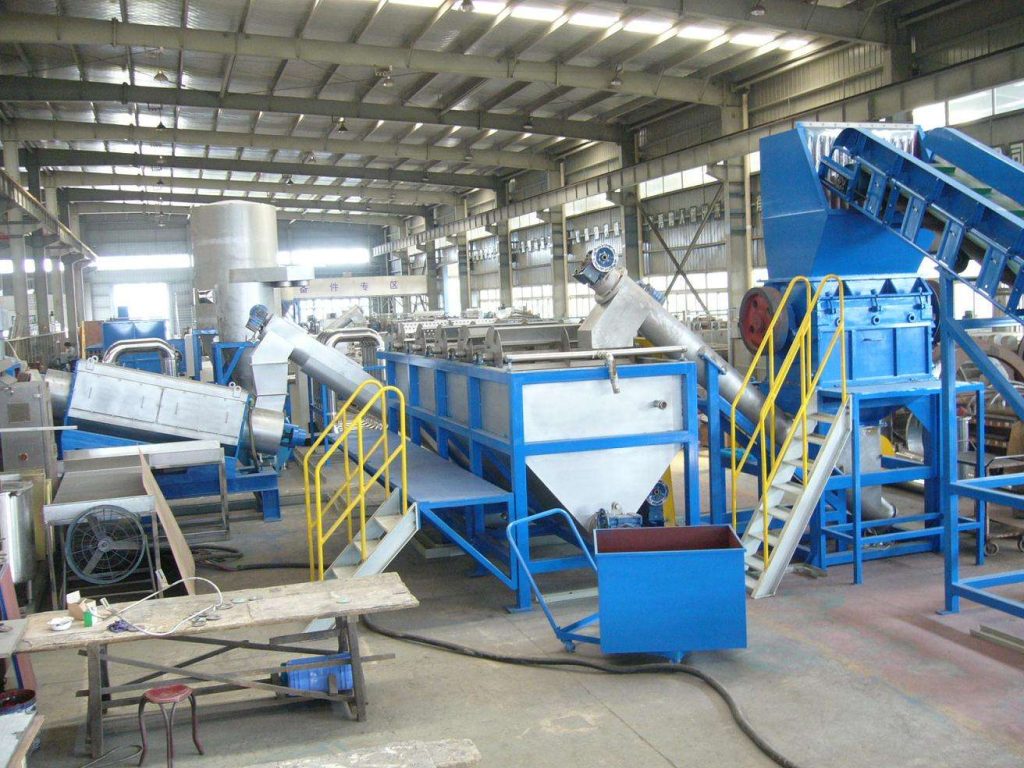
When honing, the workpiece is fixed, and the honing head is driven by the machine tool spindle to rotate and make reciprocating linear motion. In honing, the grinding strip acts on the surface of the workpiece with a certain pressure, cutting a very thin layer of material from the surface of the workpiece, and its cutting path is a cross pattern. In order to ensure that the moving track of the sand bar abrasive particles is not repeated, the number of revolutions per minute of the rotary motion of the honing head and the number of reciprocating strokes per minute of the honing head shall form a prime number with each other.
Multi axis control linkage: Generally, three-axis linkage is used most frequently, but through some adjustments, machining centers with four, five, seven or more axes can be linked.
What is machine tool paralleling?
Parallel machine tools: common brass machined parts manufacturers will combine machining centers with turning centers, or vertical and horizontal machining centers, which can increase the processing range and processing capacity of machining centers.
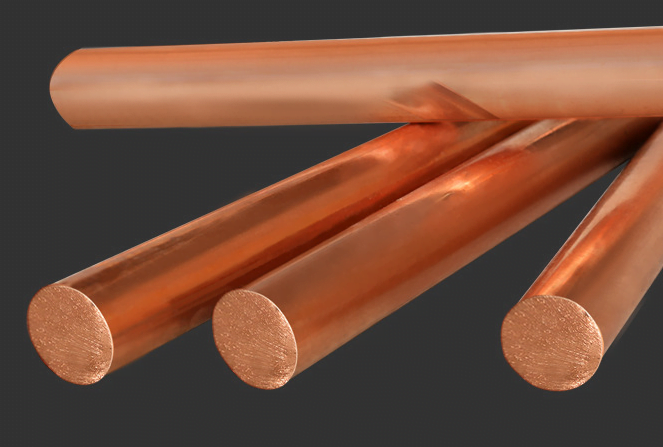
About the safe use and maintenance of tools
Tool breakage warning: some technical detection means can be used to detect tool wear and damage in time and give an alarm, so that the tool can be replaced in time to ensure the processing quality of parts.
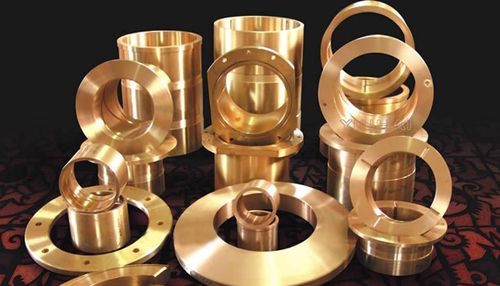
Tool life management: multiple tools working at the same time and multiple blades on the same tool can be managed uniformly to improve production efficiency. Overload power-off protection of machine tool: set the maximum load according to the load in the production process. When the load reaches the set value, the machine tool can realize automatic power-off and shutdown to protect the machine tool.
How to select the appropriate machine for processing
The processing technology is selected according to the structure size, processing range, precision requirements and processing quantity of the parts processed by the large CNC lathe. Brass machined parts manufacturers choose large CNC lathes with high stability and mass production for processing. Large CNC lathe is easy to ensure the accuracy of each machining surface of the workpiece; During processing, the workpiece rotates around a fixed axis, and all surfaces have the same rotation axis, so the coaxiality requirements between processing surfaces can be better guaranteed. The cutting process of large CNC lathe is relatively stable.
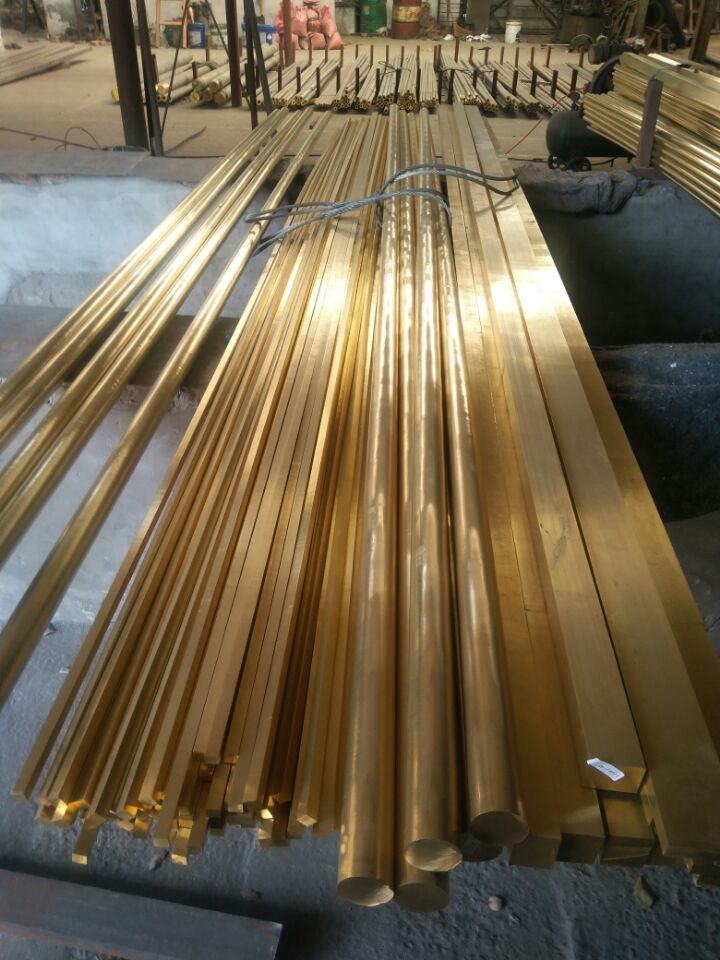
On the basis of meeting the requirements, the precision of precision mechanical parts is improved, the performance is stable, the structure is simple and the cost is low, and the module structure and the connection between modules should be as simple and standardized as possible. Under this trend, the manufacturers of brass processing parts should improve the performance and quality of parts processing products by increasing scientific and technological investment, get rid of the homogenization dilemma, and take the initiative in the increasingly fierce market competition.
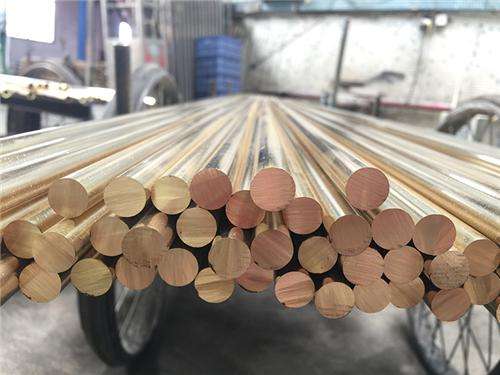
The improvement of this situation will also objectively promote the improvement of China's precision mechanical parts processing technology, and enhance the competitiveness of self owned brand parts processing enterprises.
In the process of brass processing, the common processing methods of manufacturers of brass machined parts manufacturers are turning and milling parts. Some common fine parts are milling parts or turning parts. After the work-piece stops rough cutting, the whole work-piece is actually very close to the appearance and size requested by the work-piece itself. However, at this time, there is still a large margin on the surface of the work-piece to stop fine cutting. The work-piece after fine cutting will become brighter and more accurate in size.

